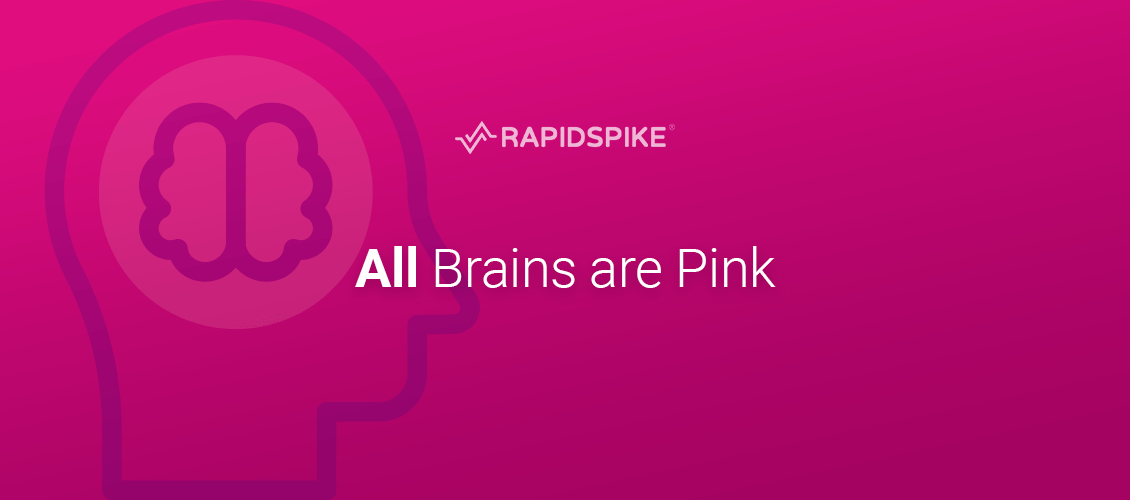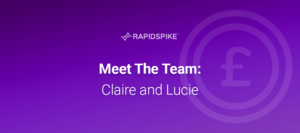Forgive the title, which in truth may not be a fact, but it encapsulates a vital point about how we should feel about diversity in the workplace. It shouldn’t matter who we hire or where they come from; what matters is where they’re going and that they’re great people with diverse perspectives.
Growing up in a small town in North Yorkshire, I’ve been fortunate overall. I’ve faced some personal challenges, but I can’t claim to fully understand the issues surrounding diversity as I haven’t seen it in its most brutal forms. I do, however, grasp that discrimination persists and terrible attitudes in the workplace continue, and after over 25 years in IT, I still see it today.
The main issue I’ve directly encountered over the years, and I am particularly passionate about, is the lack of women in technology and how we address that issue.
Understanding Diversity
Diversity is often mistakenly viewed solely through the lens of ethnicity, gender, or cultural background. While these factors are vital diversity components, they extend beyond these categories. It encompasses a rich tapestry of experiences, beliefs, values, abilities, and perspectives that individuals bring into a team or organisation.
The Complexity of the Human Brain
Brains are complex and unique, each a product of many factors, including experiences, cultures, religion, family, friends, and even medical issues. These factors shape our thoughts, behaviours, and reactions, making us distinct individuals.
However, beneath these differences lies a fundamental similarity. All brains have the potential for growth, learning, and positive change. No matter our backgrounds or the ‘path we have walked’, we can adapt, innovate, and contribute uniquely to a collective goal. We can all contribute to a team’s goal, whether we love being part of a team or working alone.
The Value of Diverse Thinking
Diverse thinking is not about merely having different people in a room. It’s about embracing and leveraging these differences to foster innovation, creativity, and problem-solving. By recognising and valuing diverse thinking:
- Innovation Flourishes: Different perspectives lead to unique solutions and ideas, fostering innovation that might not be possible within a homogeneous group.
- Problem-Solving Enhances: Varied backgrounds bring different approaches to problem-solving, leading to more robust solutions.
- Empathy and Understanding Grow: Diversity promotes empathy and understanding, helping teams to navigate complex interpersonal dynamics and create more inclusive products or services.
- Performance Improves: Research has shown that diverse teams often outperform their more uniform counterparts because they draw on a broader range of insights and approaches.
The Role of Willingness to Change
Embracing diversity isn’t solely about hiring practices or team composition. It requires a willingness to change at the individual and organisational levels. Teams must be open to challenging their assumptions, embracing new ways of thinking, and actively seeking out and including diverse perspectives.
This has been a critical challenge for me. Often people’s backgrounds ARE the challenge for embracing diversity, but their insight is also crucial some overcoming common obstacles. I have learned that it is not someone’s fault if they are initially unable to accept diversity, but it is their issue if they choose not to educate themselves and try to improve.
A Path to Team Improvement
Understanding and embracing diversity is not just an ethical or moral imperative; it’s a pathway to improved team performance, creativity, and innovation. By recognising that all brains have the potential for positive change and growth and by actively seeking out and valuing diverse thinking, organisations can unlock a powerful tool for success.
This belief in everyone’s ability, limited only by prior shaping and willingness to change, underpins a broader recognition that diversity isn’t a box to be ticked but a dynamic and vital force that can lead to team improvement and organisational excellence. It’s a journey that requires intention, effort and a profound belief in the potential within each of us.
An Example of Addressing the Gender Gap in Technology
In 2013, the business I founded in 2007 with a group of ‘typical IT people’ business grew hugely but had only 11% of women, reflecting a general IT problem, and we struggled with talent. We needed to compete on quality, not just price. Our solution was the graduate academy, a targeted effort to change the status quo, recognising that technology’s image as “just for boys” was outdated and detrimental.
We wanted to judge people’s CVs by something other than their lack of technology skills; we needed to look beyond the superficial. Our approach was as follows (and it is one that I still use to this day):
- Accept any degree regardless of discipline.
- Do not give extra credit for STEM degrees; every degree was given equal standing.
- More focus on assessment day tests, interest in the industry, and respect for peers.
- Value general work experience, even with a lower academic grade.
- Understand group dynamism for quiet, balanced and loud contributors.
Five years later, we increased women’s presence from 11% to 28%, surpassing the national average of 20%. We continued to grow by around 3% annually. After I left the business in 2018, they continued to develop female technologists from diverse backgrounds, a fact of which I am immensely proud.
Conclusion
Diversity isn’t just about being fair or politically correct; it’s about enhancing our work’s quality and creativity. By embracing various perspectives, we foster a more inclusive environment and drive towards excellence in our industry. The change starts with our willingness to look beyond traditional boundaries and recognise the potential in everyone, regardless of their background or choices.
All brains are pink(ish), after all.






